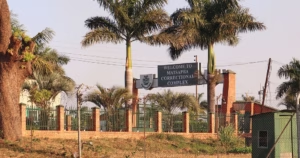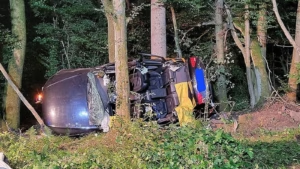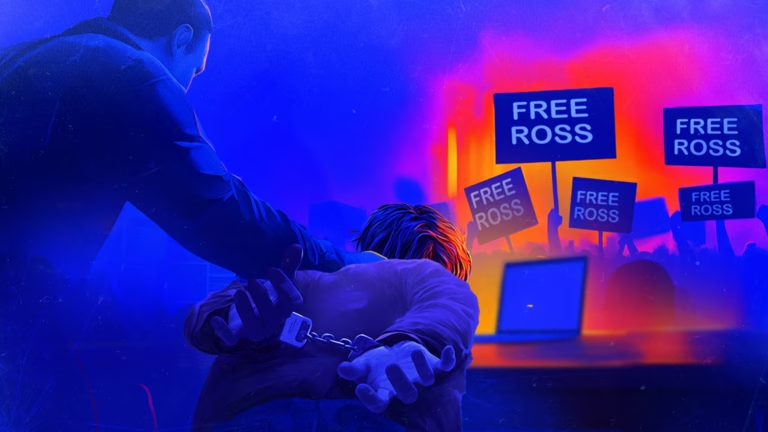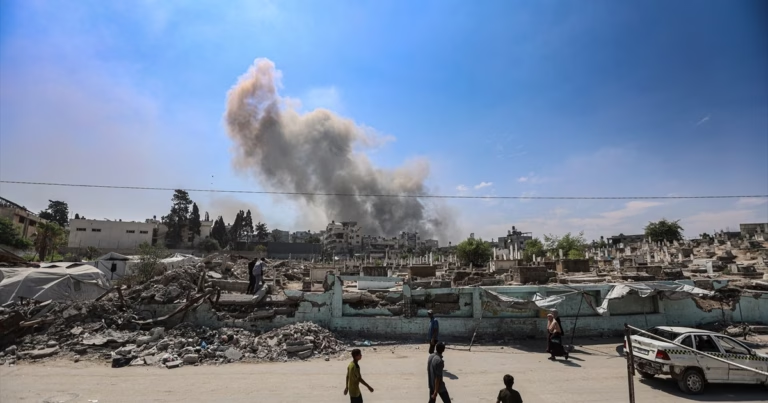On Friday, the Holy See shared that the pope faced a severe breathing issue, which included vomiting and a deterioration of his respiratory condition. Medical interventions were provided, including aspiration to assist in removing vomit from his airways and the use of noninvasive mechanical ventilation to aid breathing, although he was not intubated, thus avoiding sedation.
The Vatican has stated that it will take 24 to 48 hours to evaluate whether the pope’s breathing problems have exacerbated his condition. He was initially admitted to the hospital on February 14 due to severe respiratory issues that quickly developed into double pneumonia, a serious infection that complicates breathing.
Since his hospitalisation, Francis has not appeared in public, marking his longest absence from view since becoming the Pope in March 2013. A Vatican official confirmed that the Pope will not lead his usual Sunday prayers and that a text of the Angelus prayer will be issued rather than read live.
Speculation has arisen about the possibility of the Pope’s resignation, especially with the ongoing papal duties during the celebrations for the holy Jubilee year. An Italian Vatican expert, Marco Politi, suggested that after the Jubilee, the Pope might consider stepping down due to his age and health.
While Pope Francis has communicated his openness to resigning, similar to his predecessor Benedict XVI, he has consistently maintained that the time for his resignation has not yet arrived.
Global Catholic prayers for the Pope’s recovery have intensified, with many congregants visiting Gemelli Hospital to pray for him. Despite rain, people have gathered to light candles and display messages of support at the statue of Pope John Paul II.







